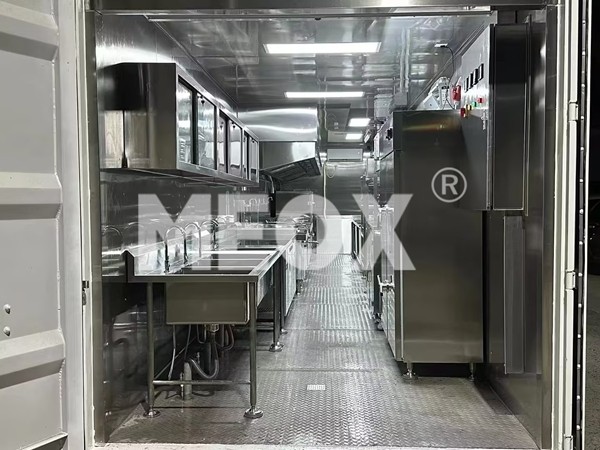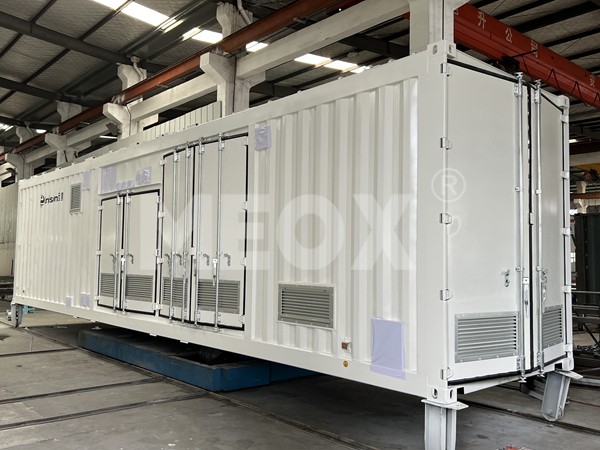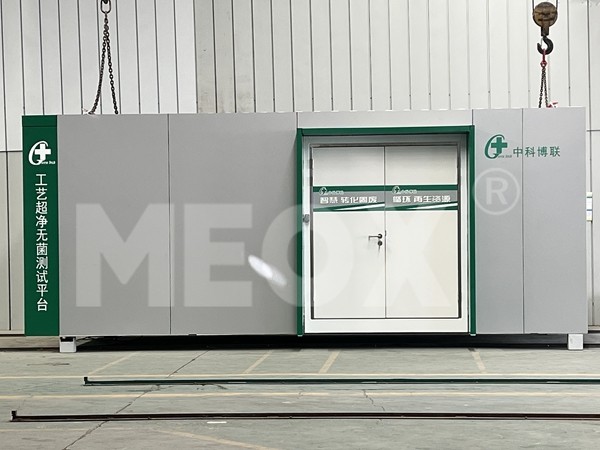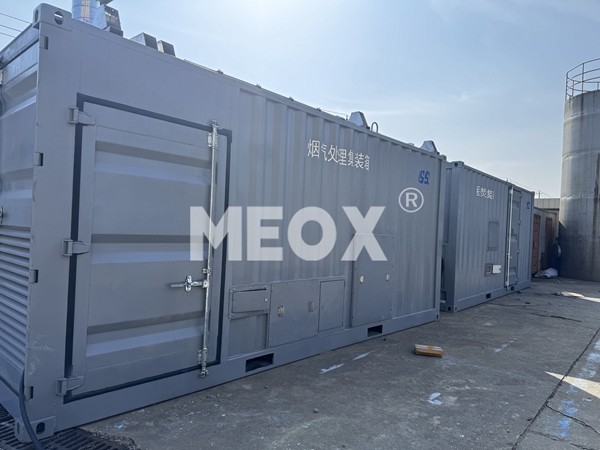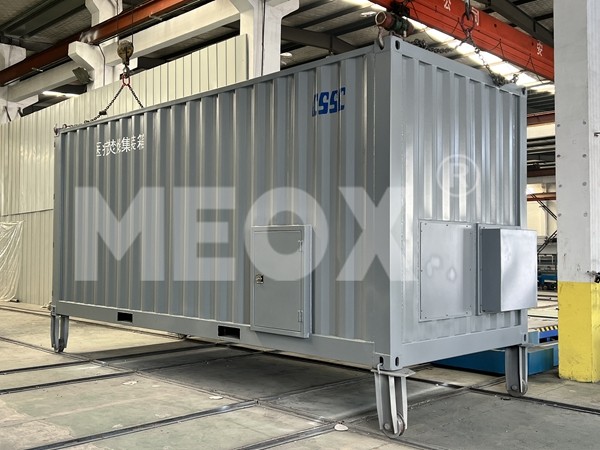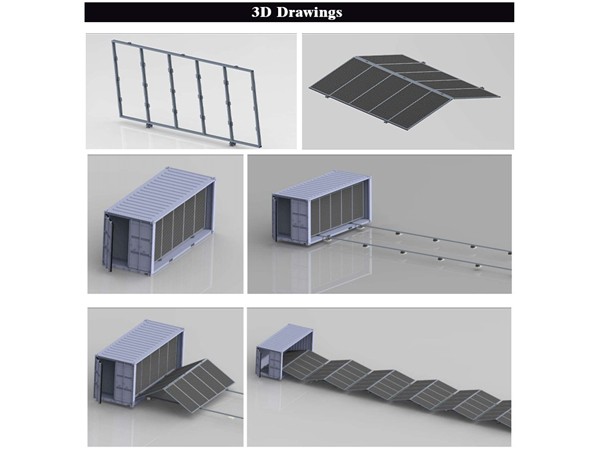Modular container houses have become a revolutionary trend in the realm of modern architecture and sustainable living. These versatile structures, crafted from repurposed shipping containers, offer a unique blend of affordability, durability, and aesthetic appeal. A deep dive into the costs associated with modular container homes reveals not only their financial viability but also the significant advantages they offer, making them an appealing choice for environmentally conscious homeowners and investors alike.

Understanding the price landscape for modular container homes involves a multifaceted analysis. Several factors directly influence the pricing, including the size of the unit, customization options, location, and additional amenities. Typically, the cost for a basic modular container home starts at approximately $15,000, which offers a rudimentary living space sufficient for minimalists or temporary setups. This price point underscores the affordability aspect, setting a stark contrast to traditional housing prices.
A critical component contributing to cost variation is the customization level. Homeowners have the liberty to incorporate unique design elements and functional features, transforming a simple container into a luxurious abode. The inclusion of high-end kitchen appliances, sophisticated HVAC systems, and state-of-the-art energy-efficient features can escalate prices significantly. As a result, a fully customized and furnished modular container home can range anywhere from $50,000 to over $200,000. This flexibility aligns with individual needs and preferences, ensuring each home is as unique as its owner.
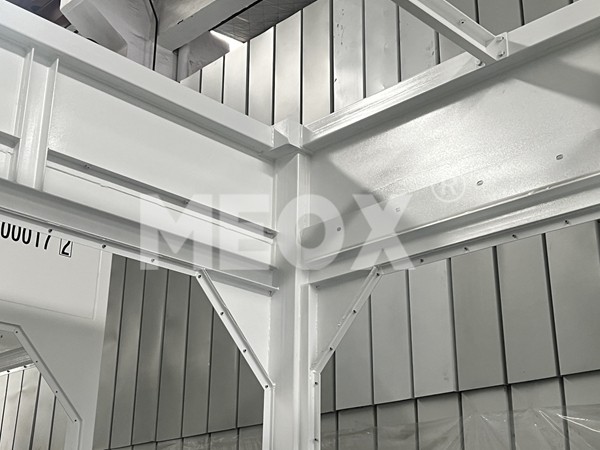
Beyond customization, geographical location also plays a pivotal role in determining the overall cost. Construction expenses, land prices, and local regulations differ widely across regions. Urban areas, known for higher land values and stricter building codes, may contribute to increased overall project costs. Conversely, rural settings often present a more economical option, allowing for expansive builds without the burden of exorbitant land costs.
The aspect of sustainability also factors into the pricing equation. Many manufacturers and builders emphasize eco-friendly practices, incorporating recycled materials and energy-efficient systems into their designs. Renewable energy installations, such as solar panels and rainwater harvesting systems, though initially expensive, can reduce long-term utility costs significantly. These investments not only enhance the environmental value of the homes but also attract eco-conscious buyers willing to pay a premium for sustainable living solutions.modular container house price
For those contemplating the transition to modular container living, it’s crucial to evaluate the comprehensive benefits beyond mere costs. The durability of shipping containers, often constructed from COR-TEN steel, ensures a robust framework capable of withstanding harsh weather conditions, thereby reducing maintenance expenses over time. Additionally, the reduced build time compared to conventional homes accelerates the move-in process, a notable advantage for those seeking rapid housing solutions.
Engaging with reputable manufacturers is paramount to maximizing investment. Reputable companies offer transparency, from initial quotations through to completion, ensuring no hidden fees emerge during the construction process. Moreover, collaborations with industry professionals—architects, designers, and contractors proficient in container construction—augment the quality and efficiency of the build, adding intrinsic value to the property.
Financing options are another consideration. As the modular container home industry continues to burgeon, banks and financial institutions are increasingly offering mortgage solutions tailored to these unique structures. Prospective homeowners are encouraged to explore financing options, which may vary based on the project’s complexity and location.
In summary, while navigating the modular container house market requires careful consideration of various pricing factors, the overarching appeal remains the fusion of affordability, sustainability, and customization. With growing awareness and acceptance, these innovative homes symbolize a stride towards futuristic living—reflecting a commitment not only to financial sensibility but also to environmental responsibility. Prospective buyers and investors stand at the forefront of a building paradigm that, while economically advantageous, also promises a reduced carbon footprint, aligning with global sustainability goals.

